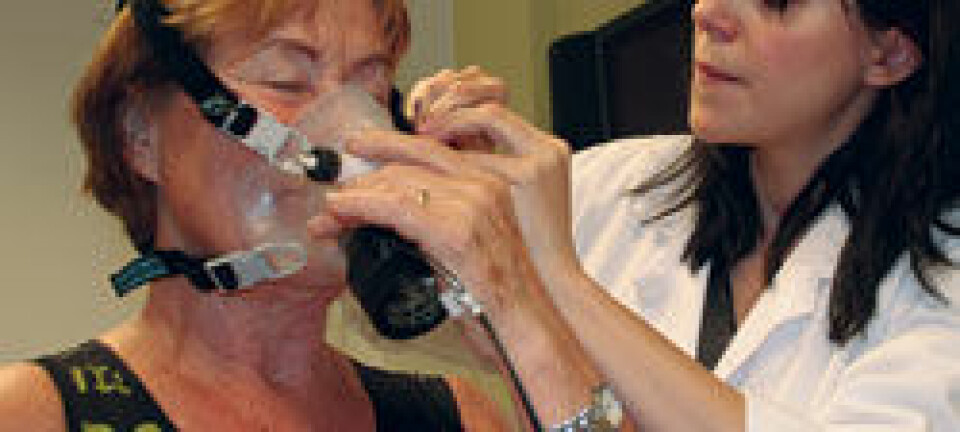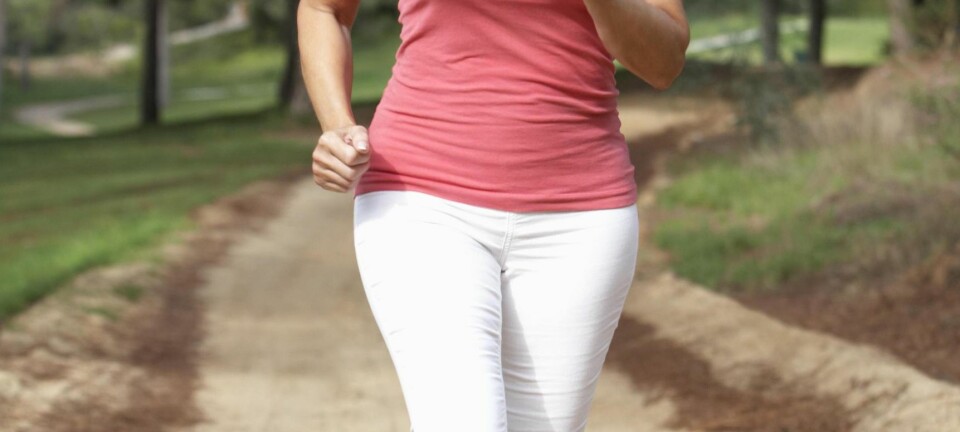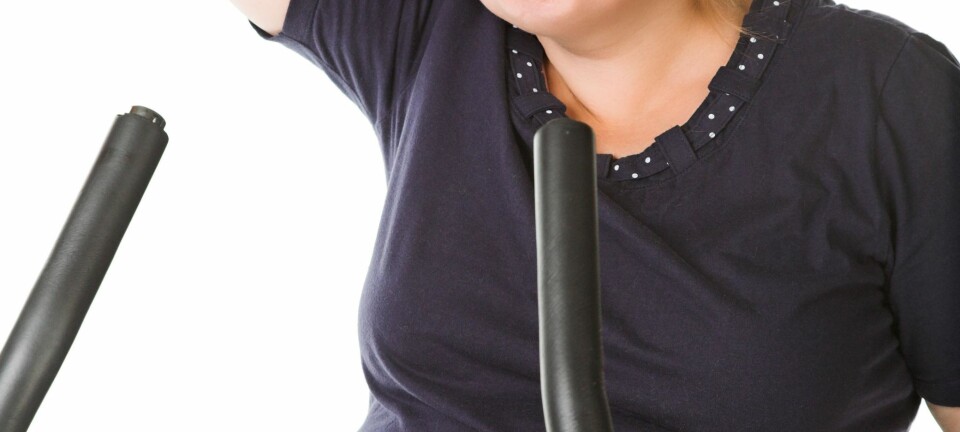An article from Norwegian SciTech News at NTNU

Exercise at home is as good as in the lab
Cardiac patients benefit from home-based high intensity training without needing the support of technicians or sophisticated equipment.
Denne artikkelen er over ti år gammel og kan inneholde utdatert informasjon.
Rapid rehabilitation is a must after a heart attack or other cardiovascular event. Researchers have studied different forms of exercise as a part of cardiac rehab, including high-intensity interval training (85-95 percent of maximum heart rate), which has proved to be both a good and efficient form of rehabilitation.
However, most of the studies that document these findings have been conducted in exercise laboratories, where patients and the intensity of their exercise are carefully monitored. But can we expect the same benefits when patients are told to exercise at home?
Researcher and PhD Inger Lise Aamot, from the Cardiac Exercise Research Group at the Norwegian University of Science and Technology (NTNU) in Trondheim, says the answer to this question is yes.
Group exercise, treadmill exercise or home-based training
Aamot studied the feasibility of interval training both in a clinical context and in home-based cardiac rehabilitation. She conducted a randomized trial consisting of a 12-week cardiac rehabilitation programme with interval training in two Norwegian hospitals.
Ninety patients with heart disease were enrolled and randomly assigned either to group exercise, treadmill exercise or home-based training. Participants controlled their exercise intensity by using heart rate monitors, and undertook interval training twice a week.
The results showed that the treadmill group increased its fitness as measured by maximum oxygen uptake significantly more than those who exercised at home, because several patients in the home exercise group did not exercise in line with the exercise program.
However, when Aamot compared only those who actually followed the prescribed program, she found no significant differences between the groups in terms of increases in maximal oxygen uptake. The training intensity was as prescribed in all groups and the majority completed training in 12 weeks.
Still high levels after one year
Aamot remeasured the participants' maximal oxygen uptake again after one year. She found these levels were significantly higher than before patients started the 12 week training program.
She also found that participants who trained at home for the first 12 weeks showed a strong tendency to have a higher frequency of physical activity compared with those who trained at the hospital.
She concludes that interval training for cardiac rehabilitation can be implemented efficiently both in the clinic or at home, but that home exercise seems to contribute most positively to a long-term physically active lifestyle.
Translated by: Nancy Bazilchuk


































